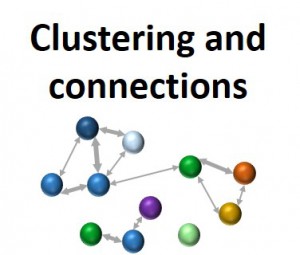World wide web
In their book, The Second Machine Age, Erik Brynjolfsson and Andrew McAfee highlight the dramatically non-linear impact that occurred when several relatively minor technologies were clustered and connected to form the world wide web:
The Web itself is a pretty straightforward combination of the Internet’s much older TCP/ IP data transmission network; a markup language called HTML that specified how text, pictures, and so on should be laid out; and a simple PC application called a ‘browser’ to display the results. None of these elements was particularly novel.
Rise of ‘big data’
Gartner, the IT industry analyst, highlights that the rapid development and rise of ‘big data’ as an application area for information technology in recent years is due to the clustering of a range of both supply-side (technology) and demand-side (application opportunities) factors:
Big data opportunities emerged when several advances in different IT categories aligned in a short period at the end of the last decade, creating a dramatic increase in computing technology capacity. This new capacity, coupled with latent demands for analysis of “dark data,” social networks data and operational technology (or machine data), created an environment highly conducive to rapid innovation. Gartner Says Big Data Will Drive $28 Billion of IT Spending in 2012






Follow Us!